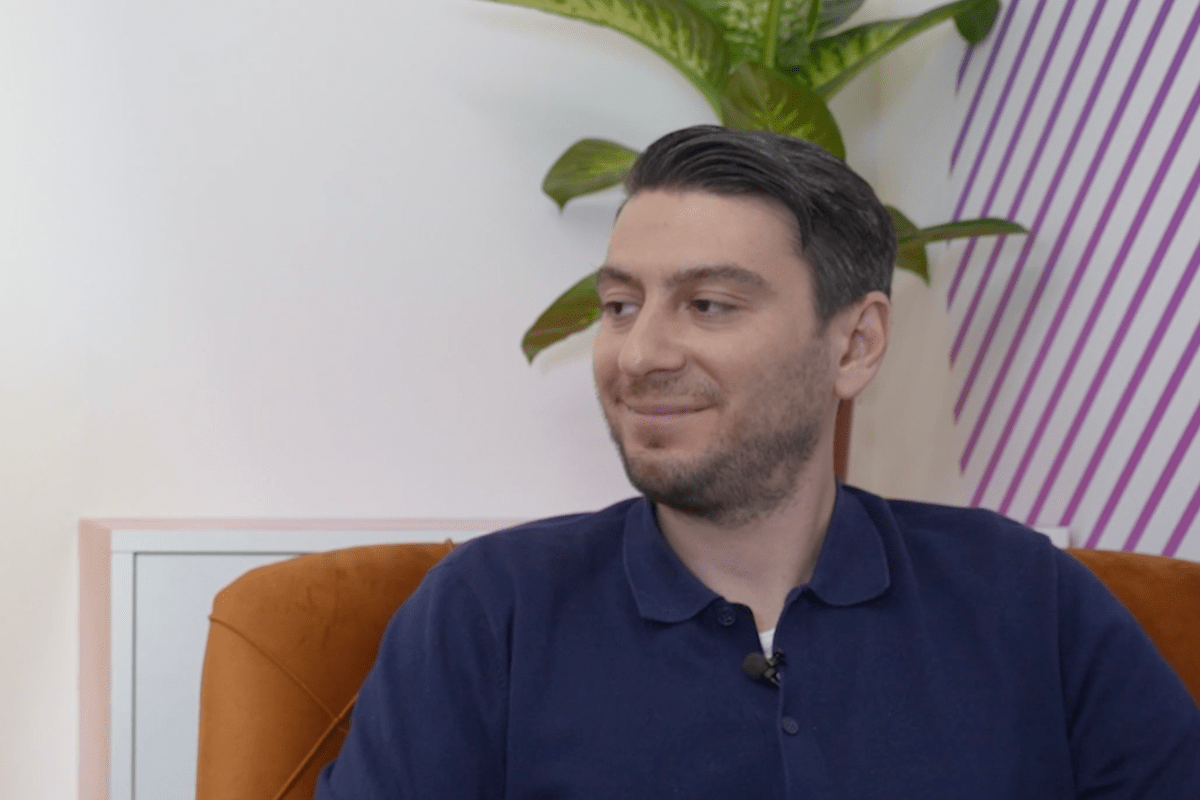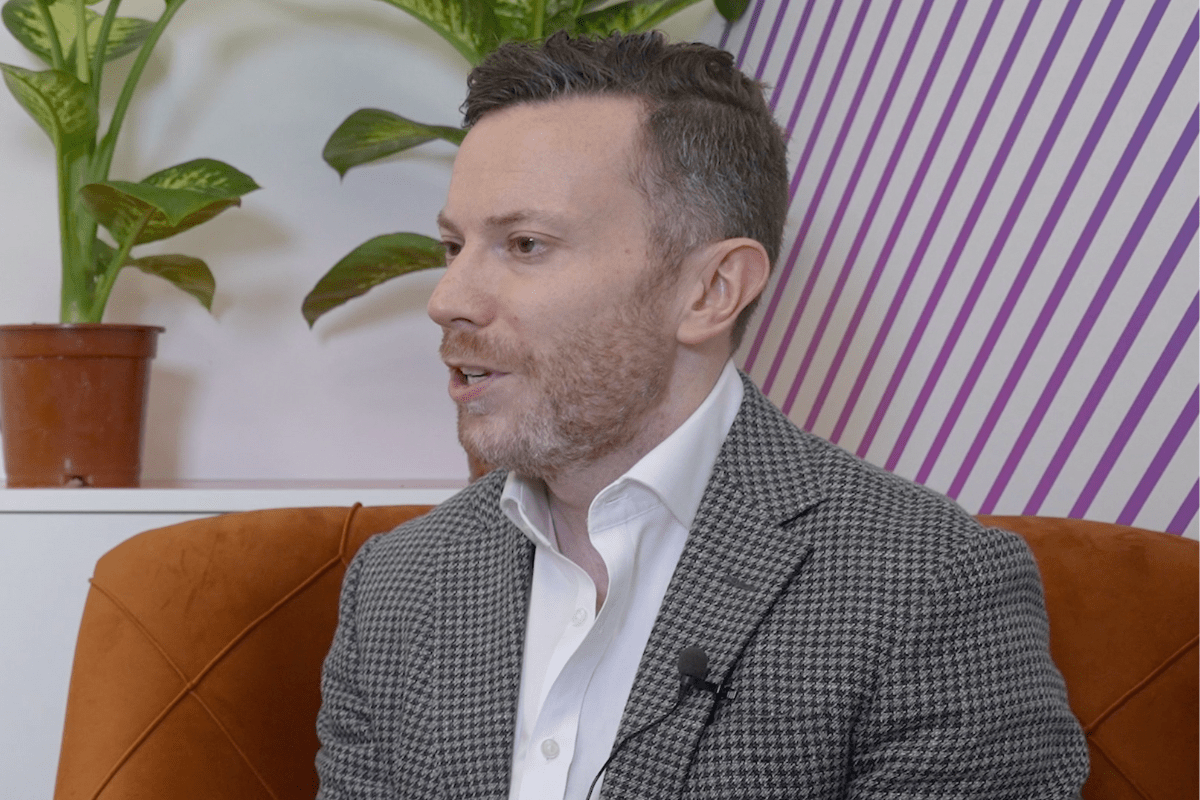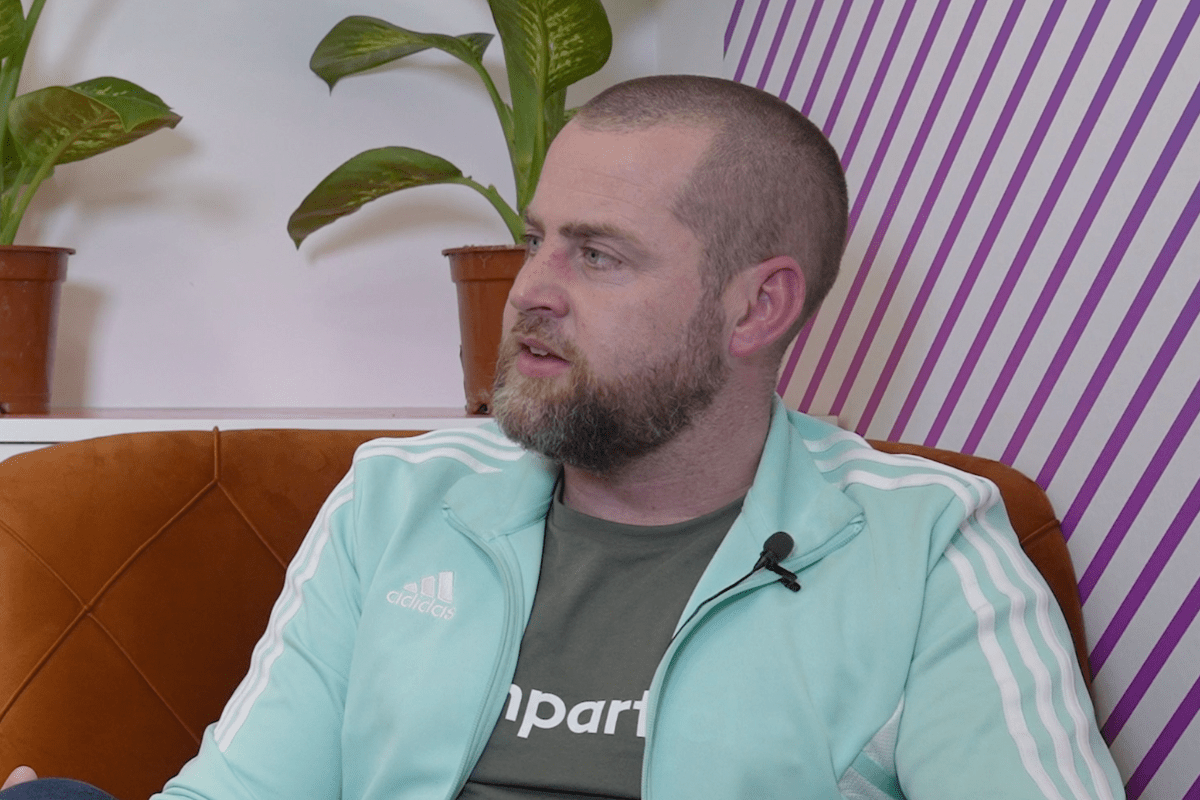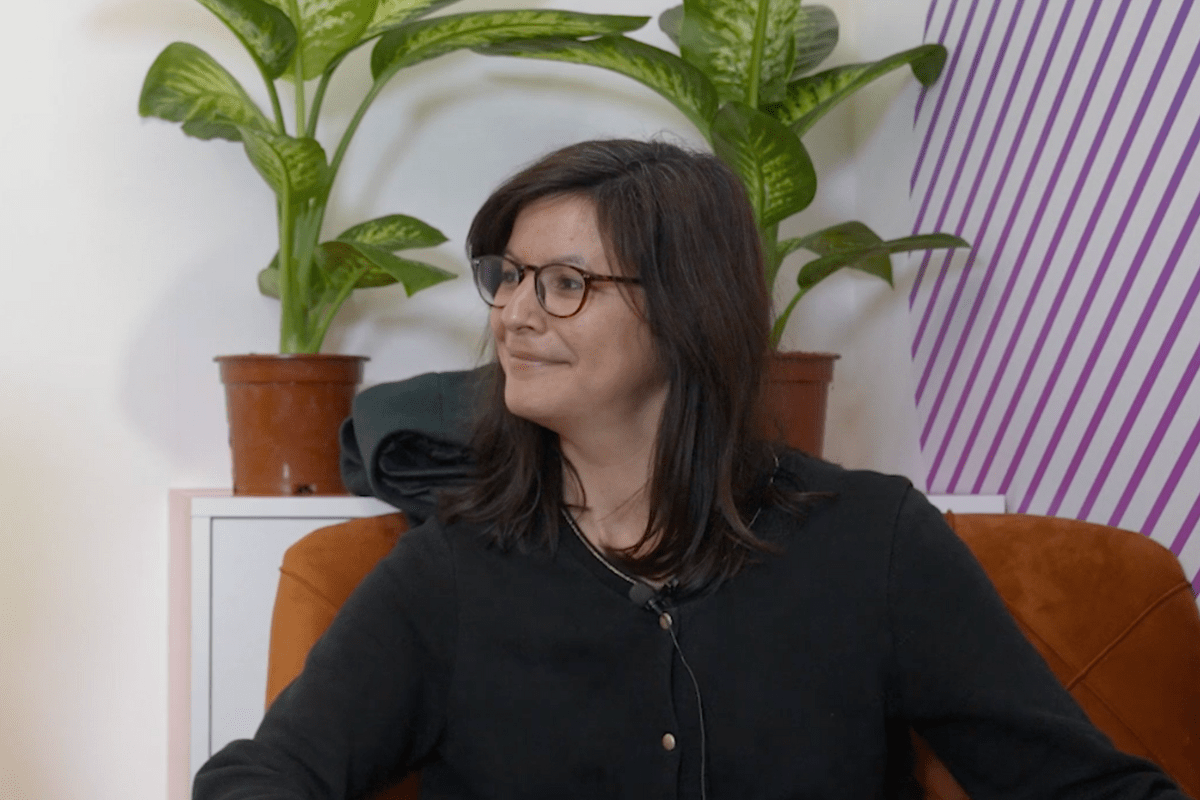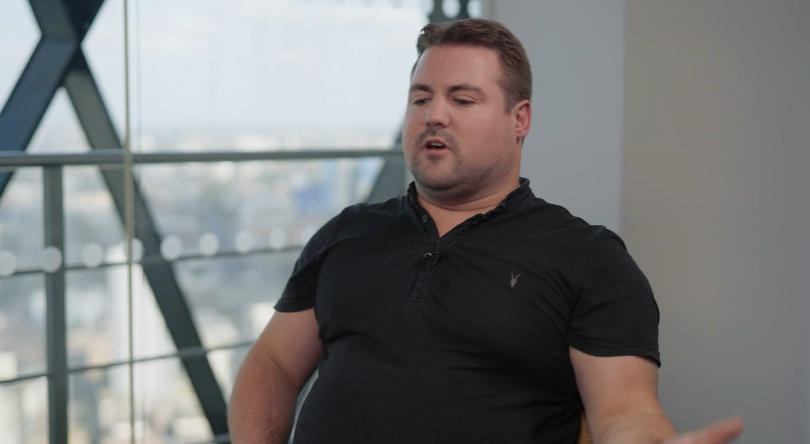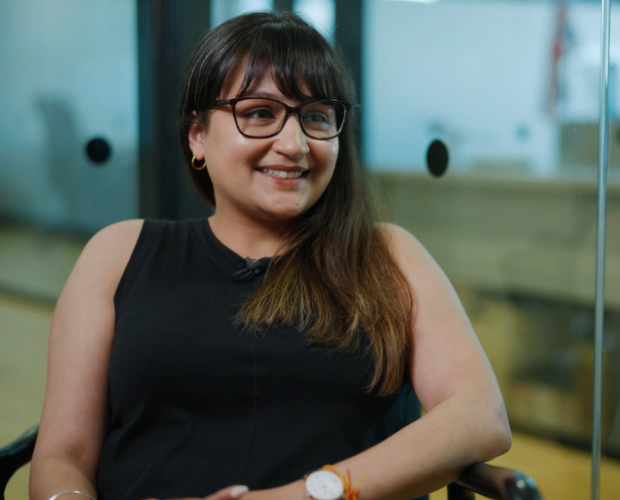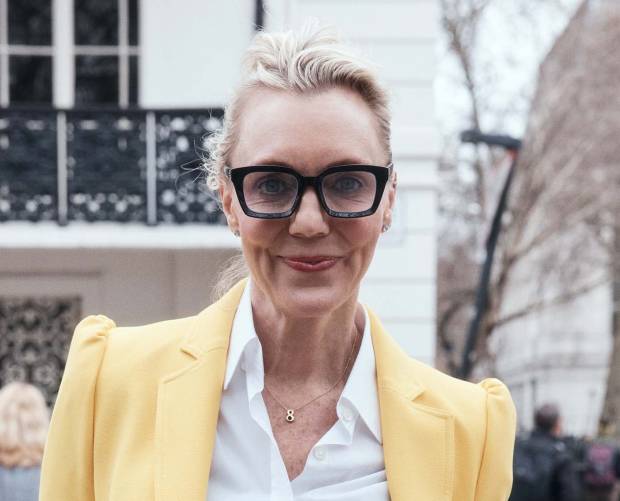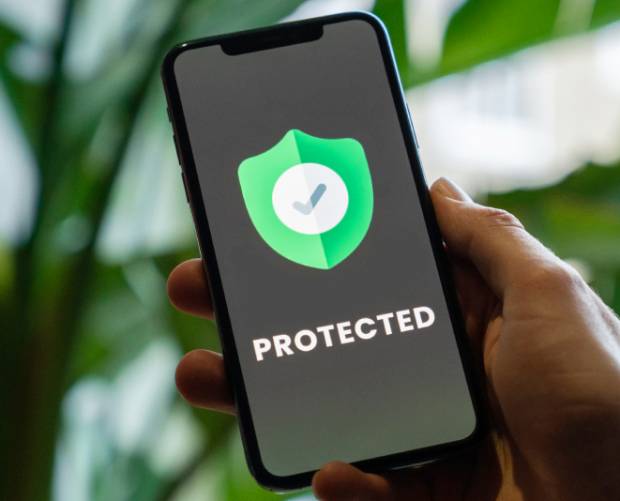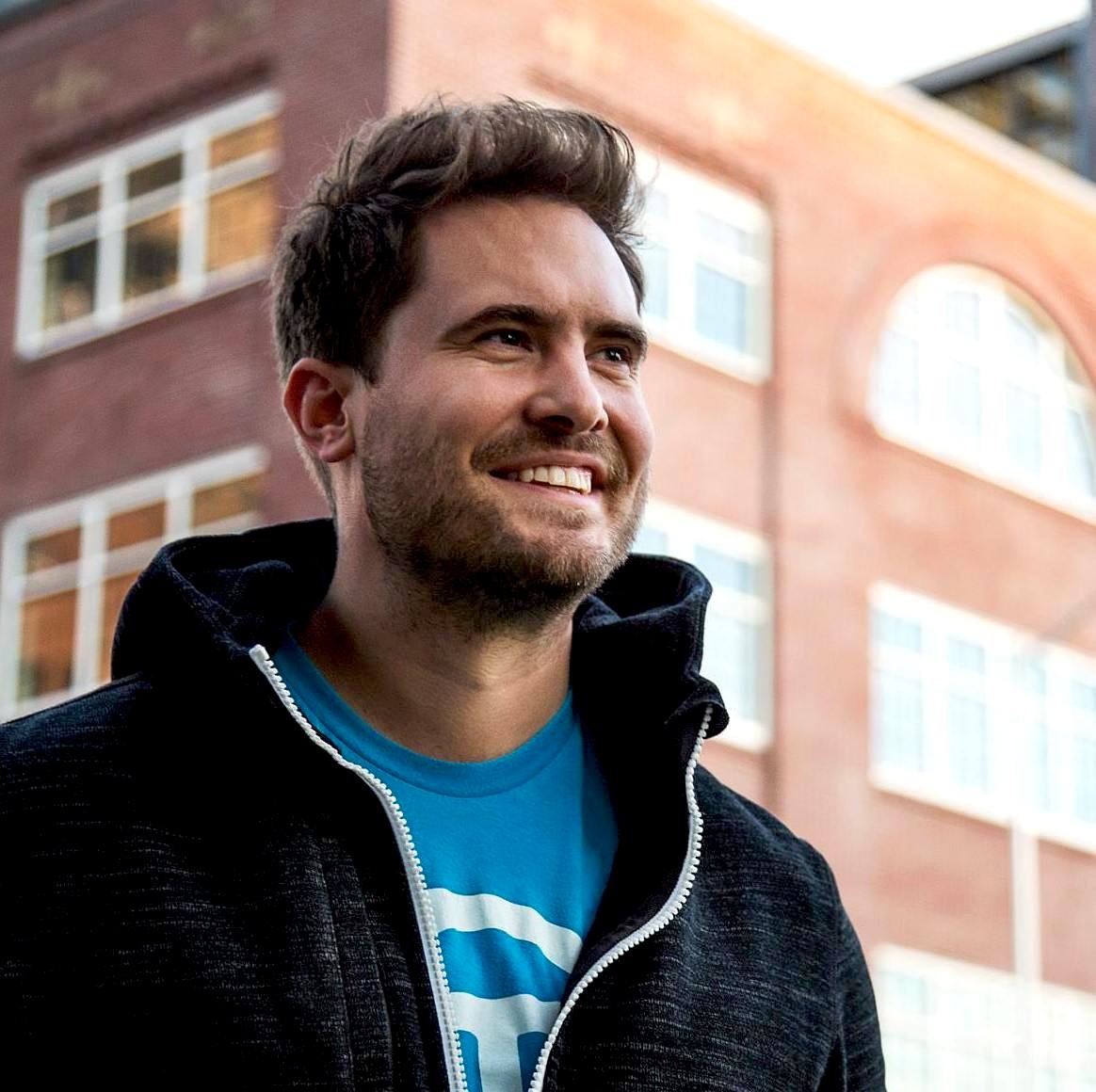 David Murphy talks app marketing with Peter Hamilton, CEO of Tune.
David Murphy talks app marketing with Peter Hamilton, CEO of Tune.
MM: So Peter, give us the beginner’s guide to Tune please.
PH: Sure, we are 360 people now. We started out bootstrapped back in 2009 with the aim of creating a Software as a Service (SaaS) product for performance marketing that had not yet been done at that time. We were big fans of SalesForce and the shift to SaaS in general, but back then it would cost you a $10,000 set-up fee and then $20-30,000 a month ongoing to measure performance marketing, to manage the publishers, invoices and payouts, so the founders of the company, Lucas and Lee Brown set out to build that that platform. They had been publishers and they had also built their own ad network so they wanted to build a piece of tech that would educate the industry and that anyone could use to get started.
Even today we make sure we have pricing options and connections for new starters but I guess one of the big shifts is that we are now mainly serving enterprise companies running large-scale advertising and marketing campaigns on mobile. And it’s not all about performance anymore; it’s a marketing tech stack for mobile that we call the Tune Marketing Console.
MM: OK so run us through its component parts if you would.
PH: It consists of four major products. Attribution Analytics is the tent pole. It enables the user to do a lot of things in terms of studying audience and lifetime value, but its principal use is to give you visibility of which of your campaigns are engaging or acquiring users.
The second part is around In-app Marketing which includes a lot of automated activities like push notifications, in-app messaging, A/B testing and the ability to create granular segments of the customer base to get the right message to the right person at the right time.
The next part is App Store Analytics. This is all about discovery in the app store. It helps you optimise on keywords and categories and keep track of your competitors. It also includes A/B testing for app store pages for icons and screenshots, and because it’s part of the Tune Marketing Console, we have organics download data coming from the SDK so can see the estimated number of downloads per keyword or category.
The final piece is Business Intelligence. This is a data stream visualised through a Tableau relationship that delivers 100 different reports of every shape and colour. Right now, probably the most interesting for mobile marketers is traffic quality and fraud analysis, but there’s also an attribution waterfall for multitouch attribution, highlighting the channels that are delivering more first click to conversions. We believe it’s the richest data you can find for mobile advertising.
MM: So you recently launched a new product, Multiverse, that Multiverse, aims to help marketers quickly determine return on ad spend across all their channels in one platform. It’s integrated with over 100 advertising partners. How does that differ from what you already had?
PH: The attribution products have been able to show you lifetime value, and once you’ve got the customer, which channel they came from, but it gets complicated when you try to nail down exactly how much you spent for that customer because of the different ways in which ad networks and platforms calculate it. Some charge CPI, some CPC, some CPM.
Also some ad networks work on a bidding system, so every click or conversion could be a different price, so before Multiverse, what marketers would have to do is log in to the ad network and pull down the total data for the week or day so see what they had spent, then line it up next to the attribution data and the engagement they got from that channel.
But getting granular on that gets more complicated because the columns of data from the ad network often don’t match other networks, or your attribution platform and the way they do their time zones might also not tally, so it becomes a pretty arduous task and means that marketers can only come up with broad probabilistic matching on ad spend.
Multiverse is a standalone aggregation product that’s different to anything else. It can be used by any marketer – it’s not just for Tune Marketing Console clients – and the other thing about is that it’s free. The way we see it, the marketer is already paying for attribution analytics and the media they bought, so why should they have to pay for something that aggregates those data sets; they can’t do it through their own elbow grease. We want to show people the quality of the products we provide and create a new standard and give more people an idea of what it’s like to work with one of our products.
MM: So part altruism, part product sampling to get more people using the Tune Marketing Console?
PH: Exactly. And if it helps to make sense of how we can offer this for free, it is really inexpensive for us to do this. We are a big data company with an attribution analytics product measuring every row and column. This is just aggregating data from attribution and ad partners and aggregated data is very small, it’s just the total counts. So it’s a much less expensive problem to solve and the reason why we can make it a basic marketer.
MM: So where do you think we are in terms of apps and app marketing. If that business was a human being, is it a fully-grown adult, an adolescent teenager, or still in its infancy?
PH: Some parts of the industry are more mature than others. App downloads have become a currency for doing ads on mobile and that part is quite mature. Most publishing platforms have an app install ad platform, a mechanism to do it and partners to measure it. But that maturity has come to some sort of saturation point where it’s not growing as fast as it once was.
So we are now in the adolescent phase of driving engagement in apps and focusing on a registration, subscription or purchase, and this is where you will see big retail and other brands entering the market on mobile. At first they will be looking for downloads but in time their motives and goals will be more focused beyond the install and they will need help to measure those things.
But I’m encouraged by the progress that’s being made. Things like Universal Links from Apple and App Links from Google, where you click on a link in an ad, and if don’t have the app installed, it sends you to a web experience, so it’s helping the customer to do what they wanted to on mobile.
In the past, clicking on a link like this would only send you to the app store. eCommerce retailers are masters at focusing the customer on their first transaction and getting that first touch to happen so for some of those, it does not make sense to download an app. With Universal Links and App Links it takes the customer to the experience, whether they have the app or not, so they can focus on the longer-term goals later.
MM: According to Statista, there were 2.2m apps in the Google Play store in June 2016 and 2m in the Apple App Store. A lot of duplication obviously, but still, that’s at least 2m apps that are having to fight harder and harder to get visibility and downloads and then keep people using them. Does it make sense for brands to just keep releasing more and more apps?
PH: Well apps are the best way to keep a highly engaged fanatical consumer connected to you where can interact and connect with them on a daily basis, so for those that want to, the more the better. That said, your goal on mobile should probably be more than that, things like acquiring new customers and getting them to transact, and light-touch engagement and content consumption, so I’m looking forward to apps and web taking on the characteristics of each other so you can have an experience on web that feels native and go from there into native. And vice versa, with Google Instant Apps coming soon, where you can experience a piece of an app and make your first transaction in an app without ever downloading it. Both apps and web need to evolve and take on the form of each other.
MM: So I was thrilled to be invited out to Seattle a couple of weeks ago to play a small part in your Postback event, and I have to say, a great event, and I was slightly surprised by the scale of it, with around 1,000 people in attendance. So what’s the story behind the event?
PH: This year was our fourth one. It came out of our understanding of our position in the market as a tech provider and a connector of marketers and partners that allows for them to do business together. So we thought if we could get them together in one place so they can do business then we will experience the rising tide that lifts all boats.
The name, Postback, is a performance marketing term for a server-to-server connection and we wanted the event to help form human connections between marketers and partners. At the first one, we had120 people and we tried to make it very special and community-focused, so the focus would be for the delegates to get to know each other more and by the time they walked away they would be doing business, but also that people should have fun. We have a young industry, lots of excitement and talk about growth through innovation and VC investment so we wanted people to experience that and be reenergised and grow their businesses.
This year, as you say, we had 1,000 people, which obviously takes a bit of organising, so huge credit to our VP marketing Jennifer Wong and her team.
MM: And the song and dance routine? (Check it out on YouTube here. Not your usual start to a tech conference.) Where did that come from?
PH: So I have a previous life as an opera singer, and during the first Postback, I was doing a fireside chat with Rich Wong, who is on our board. And he called me on it and told the audience about my opera background and asked me to sing and that was the start of it. I picked a random aria and sang some Italian opera. Then last year did my first planned musical thing and wrote some new lyrics to a song called Stars from Les Mis which we renamed Apps. It seemed to go down pretty well and it’s a pretty startling way to start a conference, so this year, we thought, how can we step it up and the result of that was what you saw a couple of weeks ago.
MM: Well as one of the audience, it was very impressive. Now you said in your opening keynote you wanted everyone there to make new friends and learn something that would help them grow their business, so what did you learn?
PH: The emphasis on links as a connector between all of these players only became more clear in the conversation I had and the presentations I heard at the event. Everyone wants to follow the routing between an ad experience to an app or web, but there is still a lot of work to be done and whole companies have made it their objectives to focus on this problem.
I’m talking about the use of deeplinks or universal links to connect two places. It’s all about measurement and the user experience. Not all partners can accept certain types of links or experience, and not all marketers can pull it off because this technology is more complicated than a link to the webpage, so I want to be able to simplify that and come up with more industry standards about how to do it well. Everyone is anxious to have an industry standard and get this moving quickly, but there is still a lot to be done.
I also learned that people are anxious for more supply. They want more channels, more inventory. Demand is not the problem, supply is. So Apple search ads, Pinterest app install ads and other new channels is very exciting; partners are really hungry for it.




